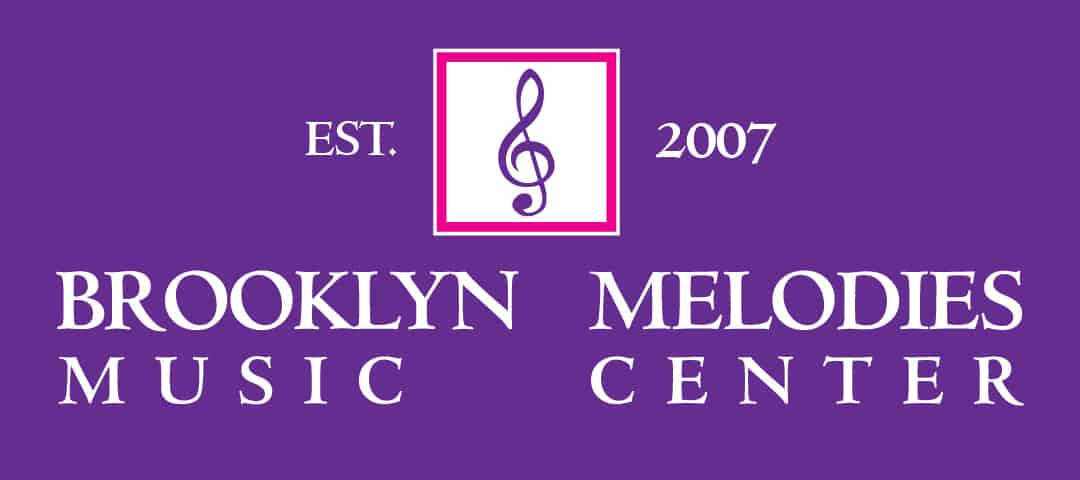The UAE has such an interesting and rich cultural history, which can seem very far away following the modern renaissance of cities like Dubai and Abu Dhabi. Thankfully there are individuals and groups in Dubai that are keeping the cultural heritage alive in one of the most meaningful ways…through dance.
Participating in traditional dancing is of great importance to the people of the United Arab Emirates. Dance has always been the most popular form of cultural expression, with the traditional dances featuring prominently on national holidays, and in weddings, festivals, and even parties amongst friends. People from the UAE have a real passion for keeping the traditions of the past alive in the present day, and for future generations. Their traditional dances date back to when the people of the UAE lived their lives in the desert, and times were hard. Participating in music and dance played an important part in helping the people of the desert to come together and overcome the challenges they faced.
Traditional Dances of the UAE
The traditional dances of the people of the UAE are a unique art form that celebrates the national spirit by blending together music, poetry, and dance. The dances preserve stories from the history of the UAE, keeping the ties to their ancestors tribal identity. Popular traditional dances of the UAE include:
Al Ayyalah
NB: Sometimes called Ayyala, Ayala, and Iyala
Accompanied by a large drum known as an Al Ras, the Al Ayyalah is one of the most famous traditional dances of the UAE. It is only performed by men and 25 participants are the minimum number of required dancers, but up to 200 performers can come together to make the Al Ayyalah a real spectacle. This dance is regularly performed at national ceremonies and other top occasions, as well as weddings and other festive events. The dance is an inclusive one being open to all, with dancers from all backgrounds and social classes taking part. The role of lead dancers is usually an inherited one, and it is their responsibility to train others in the dance.
Also known as the stick dance, the Al Ayyalah is a dance that simulates a war, with the deep beat of the Al Ras, setting the tempo for three smaller Takhamir drums. Two rows of men stand opposite one another, with the men in each row standing close together to signify their unity and cooperation. The men, hold sticks or spears that represent swords, which they sway along with their heads to the beat of the drums. Additional dancers move around and between the rows holding swords or guns, which are sometimes thrown up into the air.
The rows take turns to chant poetry and lyrics at one another, which can vary depending on the event or occasion. The Al Ayyalah dance can also feature a separate section of women in vibrant traditional dress, who sway their hair to the drum rhythm and recite their own poetry and lyrics to praise the victory.
Yollah
NB Sometimes called Al Yolah or Al Yolla
Another of the most popular battle scene traditional dances, the Yollah is much like the Al Ayyalah, with men forming two or 4 rows of dancers facing one another. The male performers carry, sticks, swords, or rifles and rhythmically step in time to traditional instruments. The Doumbek – made of goatskin stretched over a ceramic base – forms the percussion element of the music, whilst the Oud provides melody as a string instrument. The backward and forward steps of the rows of dancers symbolise their victory and defeat.
Harbiyah
The Harbiyah is a traditional dance that symbolises pride, victory, and courage. Like the Al Ayyalah, it is performed by two lines of men facing one another in a staged confrontation. In the lines, there will be alternate approaches towards the opposite line in unison, with the repetition of unmelodic phrases setting the rhythm. The enthusiastic dance features rifles, to up the performance and the air of confrontation and war. The Harbiyah is most often performed at weddings, as the warlike traditions of the dance, form the basic context for many beautiful love poems.
Haban
NB Sometimes called Khamiri or Khayali
The name of this traditional dance is derived from the stringed musical instrument which provides the tempo and melody. The performance of the intricate dance is organised into 3 sections:
- Section 1 – Six to eight men.
- Section 2 – Six to eight women.
- Section 3 – Nine or ten musicians.
The player of the Haban instrument is the conductor of the whole performance, with a variety of percussion instruments complementing the melody. The male and female groups of dancers move in a steady two-step rhythm, backward and forwards, with the musicians playing between the rows. This traditional dance is extremely popular at weddings in Dubai and across the UAE.
Preserving the Dance History of the UAE
A lot is being done to preserve the rich dance history of the UAE, with the national government working to ensure that future generations will be able to enjoy and participate in the traditional dances. The UAE Ministry of National Heritage provides sponsorship to the Nation Folk Arts Group, which performs all over the Emirate and internationally, sharing the traditional dances.
Additionally, the Al Ayyalah plays such a significant part of the history of the UAE that in 2014 it was added on UNESCO’s Representative List of Intangible Cultural Heritage Items of Humanity. This recognises that the traditional dance forms part of the nation’s identity and heritage. This recognition will help in the transfer of knowledge of the dance from one generation to the next, preserving the values of the dance amongst the people of the UAE.
To find out more about the dance history of the UAE or to attend some traditional dance events in Dubai, get in touch with Brooklyn Melodies. The dance and music school will have the class for you or will be able to point you in the right direction.

